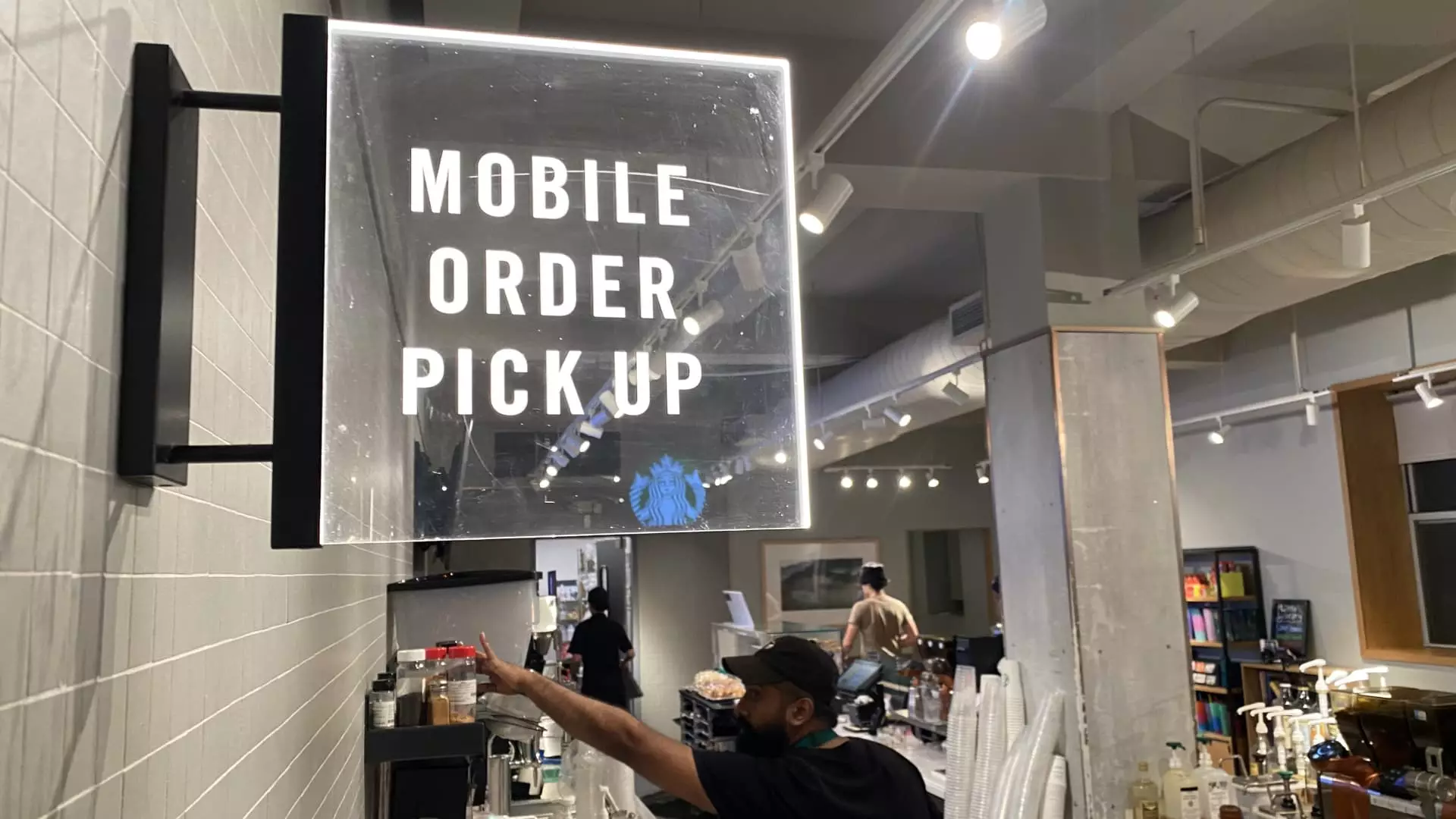Starbucks has been facing significant challenges in recent times, with operational issues at the forefront. The crowded counters filled with mobile orders, frustrated customers, and overwhelmed baristas paint a bleak picture of the current state of affairs at the coffee giant. These issues are likely to be the top priority for incoming CEO Brian Niccol as he takes the helm on September 9th.
The mobile app has been singled out as a major culprit behind Starbucks’ woes. Former CEO Howard Schultz has been vocal about the challenges posed by the mobile orders, describing it as the “biggest Achilles heel for Starbucks.” While mobile orders account for a significant portion of the chain’s sales, they also tend to be more complex, leading to longer wait times and frustrated customers. The need for add-ons like cold foam or syrups, which are more profitable for Starbucks, further complicates the situation.
One of the key issues facing Starbucks is the declining customer experience at its cafes. The chain has lost its reputation as a “third place” between work and home, as customers increasingly opt for the convenience of mobile ordering. This shift in consumer behavior has not been met with significant adjustments to Starbucks’ operations, leading to operational inefficiencies and long wait times.
Under the leadership of former CEO Kevin Johnson, Starbucks failed to anticipate the technological advancements needed to address the challenges posed by the mobile app. The company was slow to invest in technology and adapt its operations to meet the demands of digital orders. This lack of foresight has resulted in operational bottlenecks and customer dissatisfaction.
The mobile-order issues have not only impacted customers but also put added pressure on Starbucks’ baristas. Burnout, fueled in part by the influx of digital orders, has led to employee dissatisfaction and, in some cases, unionization. The need to balance in-store and mobile orders and ensure a positive work environment for baristas is crucial for the long-term success of the company.
In contrast to Starbucks, Chipotle has successfully navigated the shift to digital orders, with 35% of its revenue coming from online sales. The company’s strategic investments in technology, including dedicated prep lines for digital orders and drive-thru lanes for online order pickup, have helped avoid operational bottlenecks. Chipotle’s focus on improving digital sales through promotions and innovations, such as the introduction of quesadillas as a digital-only option, has set a positive example for Starbucks to follow.
To overcome its operational challenges and improve customer experience, Starbucks must make significant changes to its operations. Speeding up the rollout of new equipment, enhancing the efficiency of mobile orders, and investing in training and development for baristas are crucial steps for the company’s success. Incoming CEO Brian Niccol’s credibility and leadership will be essential in gaining investor confidence and driving the necessary changes to turn Starbucks around.

